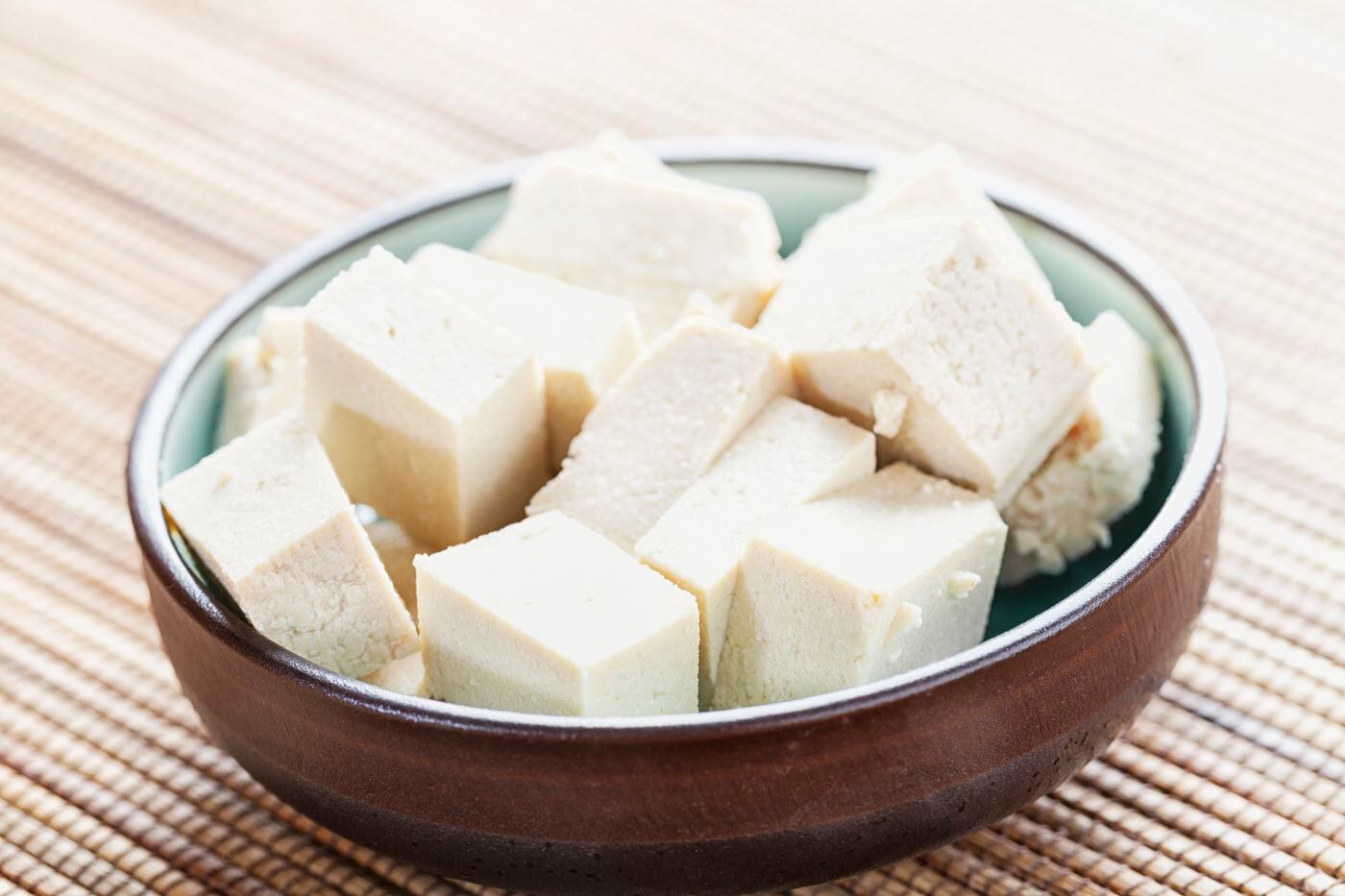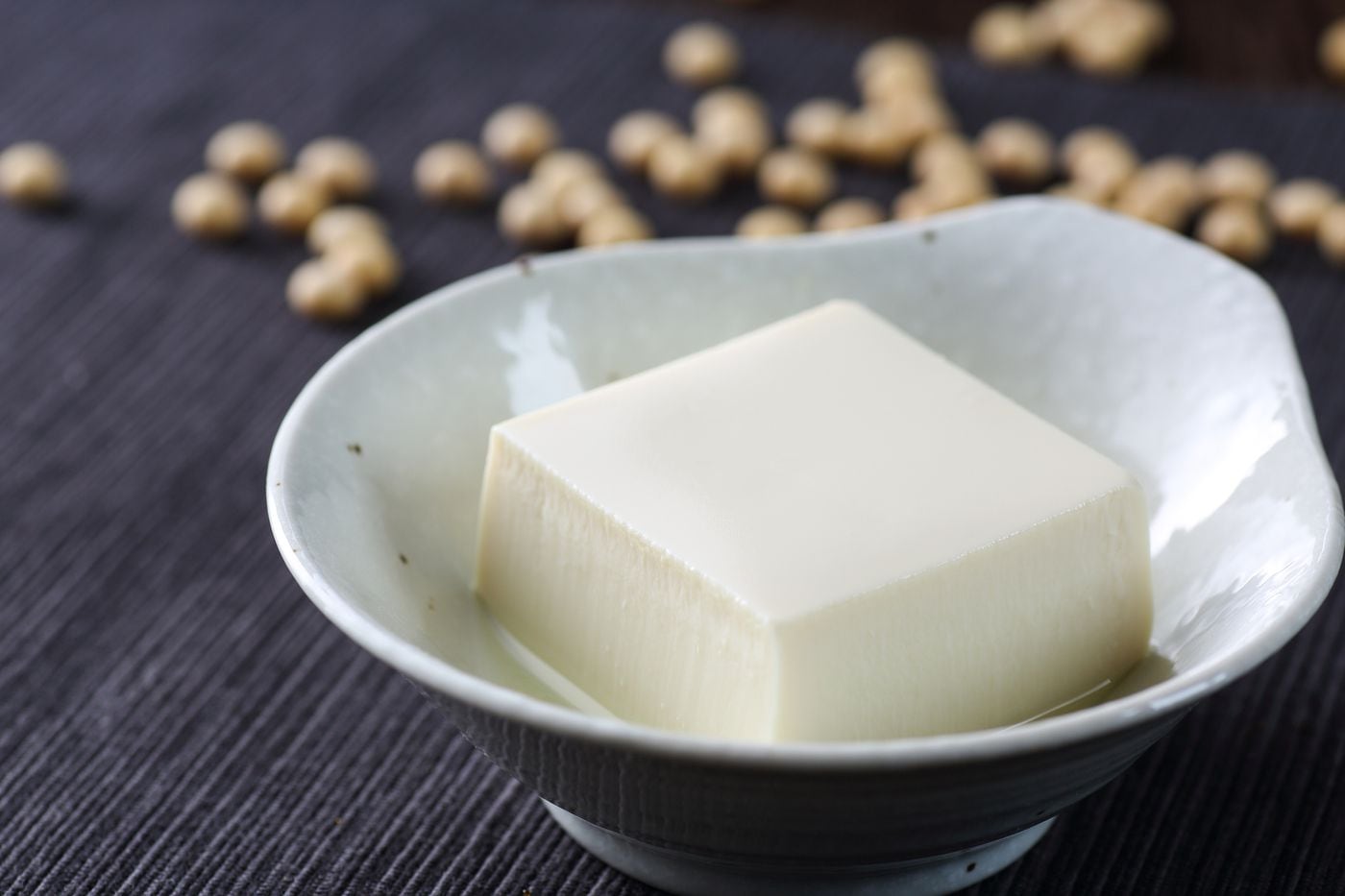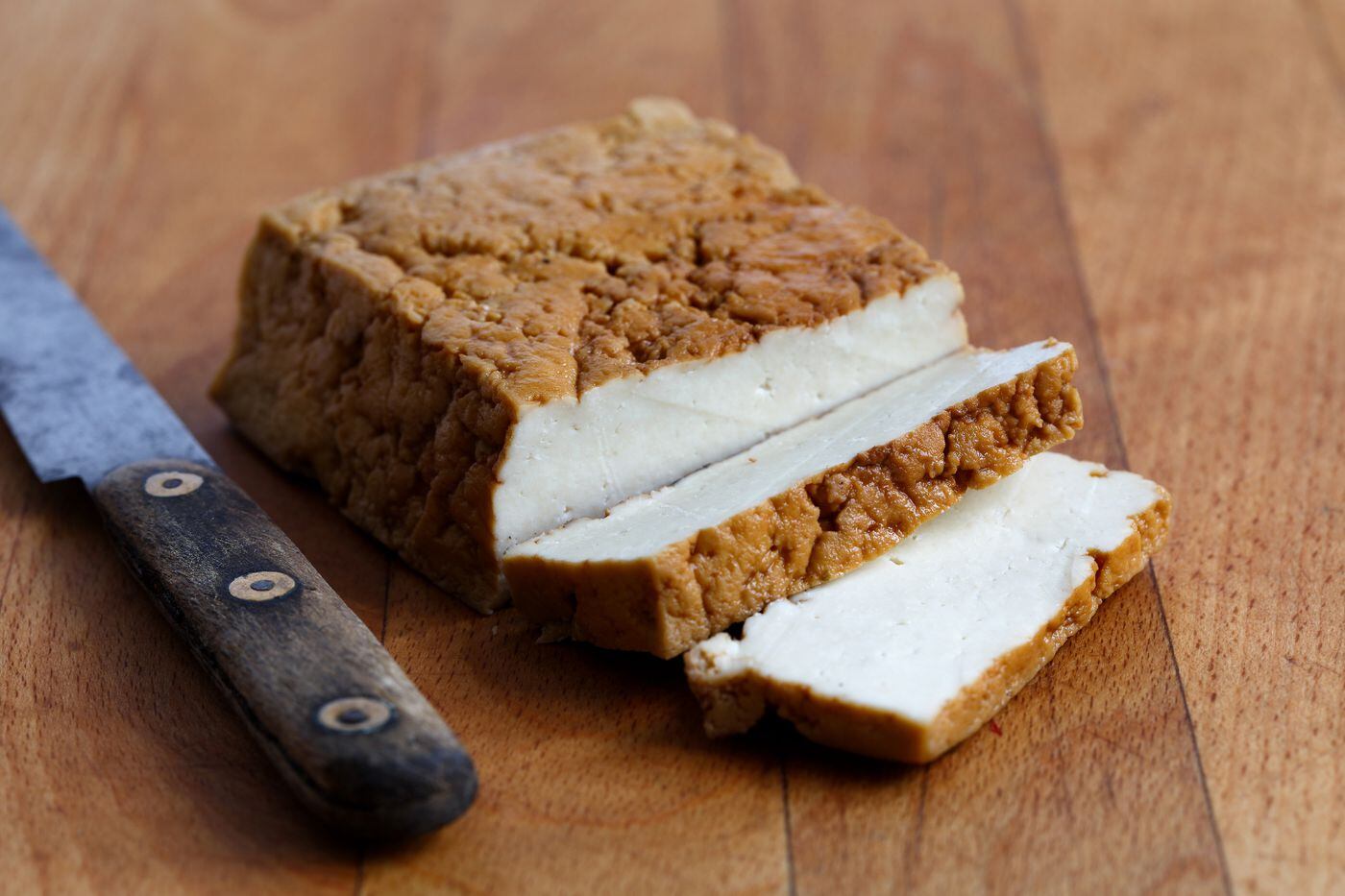Tofu’s having a moment. Here’s how to use it.
The Philadelphia Inquirer
Tofu’s affordable. It’s low in fat and high in protein. And it’s far removed from the coronavirus outbreaks tainting slaughterhouses, which has many reconsidering their relationship with meat for reasons beyond the virus.
And yet, while a centuries-old staple, tofu’s popularity in the states, until recently, has been slow to rise. With multiple styles and a mild taste, many people say they just don’t know what to do with it.
So we’ve created a guide. From soft to silken to extra firm, here’s a breakdown of some of the most popular types of tofu and how to use each.
Block tofu: Soft, medium, firm, and extra firm
Most tofu is made out of soybean milk that’s boiled, curdled, and then pressed.
“It’s basically like making cheese,” says Mark Amey, owner of Fresh Tofu Inc.
A lot of the variation in tofu, says Amey, comes down to the pressing time, which eliminates excess water. The firmer the tofu, the more water that’s been pressed out.
Among the most common styles is block tofu, which comes in soft, medium, firm, and extra firm varieties. Each serves its own purpose and will take on the seasoning with which you pair it.

SILVIAJANSEN / GETTY IMAGES
Soft and medium
Soft tofu is delicate, with a custard-like texture similar to silken tofu (see below). Drain and then blot it with a paper towel before using. Medium tofu is less common, mainly found in shelf-stable boxes outside of the refrigerator section. While slightly denser, it can be treated similarly as soft tofu.
Best for: Steaming, boiling, braising, deep-frying, and pureeing (soft tofu only) into sauces
Try it: Cubed in miso soup, noodle soups, and mapo tofu, fried in age dashi tofu, pureed into smoothies (soft tofu only), or steamed and topped with a soy-chili, garlic-ginger, or oyster sauce
Firm and extra-firm
Best for: Baking, stir-frying, pan-frying, boiling, deep-frying, air-frying
Try it: Crumbled into tofu “egg” scramble, “egg” salad, or Italian-herb-seasoned “ricotta,” cubed into veggie stir-fries, fried rice, and noodle dishes, sliced for banh mi or baked BBQ tofu, air-fried for salad croutons, or pat it dry and pan fry slices for sandwiches with sautéed vegetables and mayo.

TAA22 / GETTY IMAGES/ISTOCKPHOTO
Silken tofu
Silken tofu never gets pressed, which gives it a higher water content, and an extra smooth, silky texture. Be gentle when removing its packaging, and let it drain on a paper towel.
Best for: Smoothies, creamy desserts, salad dressings, sauces, and dips
Try it: Pureed into smoothies, salad dressings, sauces, dips, and creamy desserts like mousse, pudding, and cheesecake, or traditional in Japan, raw and chilled, topped with grated ginger, bonito flakes, scallions, and soy sauce.

ETIENNE VOSS / GETTY IMAGES/ISTOCKPHOTO
Smoked tofu
Smoking tofu turns the bland ingredient into a flavorful snack you can eat right out of the package. Tofu is traditionally smoked above tea leaves, but is also placed over wood chips. If you have a smoker or gas grill, you can play around with smoking your own. Almost always an extra firm tofu, it turns even denser and chewier through the smoking process. There’s no need to cook or press it once removed from its packaging.
Best for: Any dish that you want to add a smoky flavor; it’s often eaten raw, but can be tossed into stir-fries and stews
Try it: Cubed atop salads or grain bowls, sliced for sandwiches (try replacing the bacon in a BLT), stirred into chili, or raw as a snack
Baked tofu
Baked tofu is pre-seasoned tofu that’s marinated, baked, and then typically vacuum sealed. It’s mostly made from extra firm tofu and develops a chewy texture through the baking process. Seasonings vary, ranging from five-spice to Italian to sesame ginger. Most work well to top salads, but for other dishes, choose your flavor accordingly.
Best for: Snacking, stir-fry
Try it: As a snack, cubed atop salads or grain bowls, sliced for sandwiches, cubed into veggie stir-fry, or atop noodles (depending on the seasoning); toss it with cooked soba noodles, sesame oil, soy sauce, and chopped scallions
